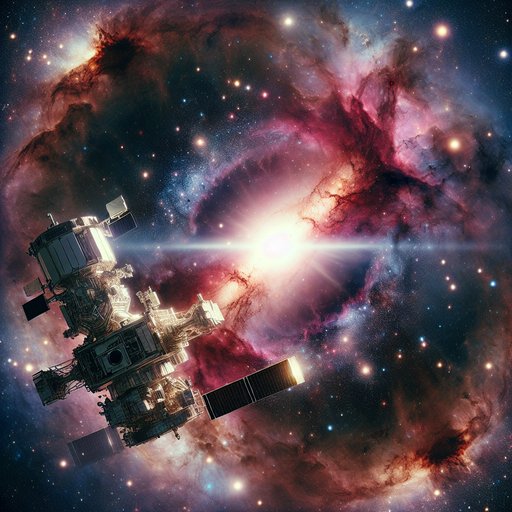
A remarkable celestial event has captured the scientific community's attention as two of the world’s most powerful space telescopes, the James Webb Space Telescope and the Hubble Space Telescope, combined their capabilities to explore a cosmic nursery. This joint operation focused on the Small Magellanic Cloud, a satellite galaxy of the Milky Way, providing unprecedented insights into the process of star formation [2]. The collaboration has not only enriched our understanding of stellar birth processes but also pushed the boundaries of observational astronomy.
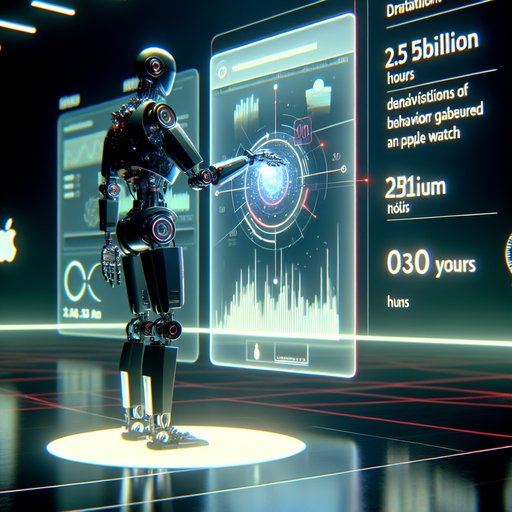
Apple recently unveiled an innovative AI model trained on Apple Watch data, which is poised to significantly impact the realm of health diagnostics. This state-of-the-art model has been developed using over 2.5 billion hours of behavioral data gathered from Apple Watch users, offering a leap forward in predictive health monitoring. By delving deeper into user data, the AI is showing promise in detecting health conditions more accurately than current traditional methods [3][4].

SoftBank, in collaboration with Nokia, has embarked on a groundbreaking outdoor trial to test 6G technology, utilizing the 7GHz band in Japan. Announced as an industry-first for Japanese telecommunication companies, this trial aims to harness centimeter-wave radio frequencies to explore their potential for next-generation mobile networks. This initiative marks a significant step in the global race towards 6G, which promises to revolutionize data transmission speeds and connectivity.
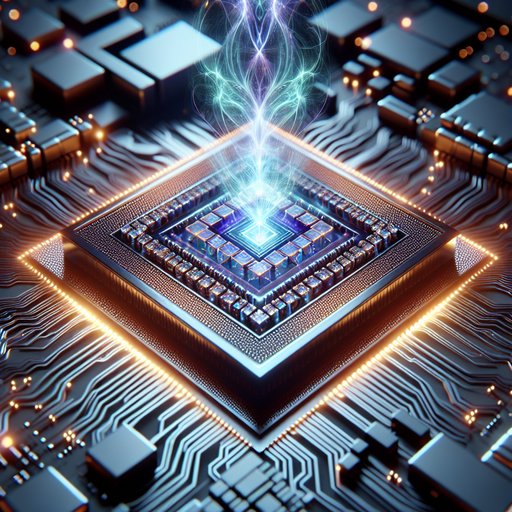
In a significant development for the world of quantum computing, IQM has announced the inclusion of the new 54-qubit Crystal 54 chip in their Resonance Quantum Cloud Platform. This milestone marks a pivotal moment for the company, leveraging proprietary technology to enhance computational power and tool accessibility. This update comes at a time when quantum computing is increasingly seen as a transformative force across industries [3].

In a stunning unraveling of events, a Russian professional basketball player has been arrested on charges of orchestrating ransomware attacks across Europe. The arrest took place in France, adding a sensational twist to ongoing concerns about cybersecurity within major industries. This arrest shines a spotlight on the intersection of sports and cybercrime, as the player stands accused of engaging in malicious digital activities that contradict his public persona. Meanwhile, legal representatives argue the player’s naivety around technology, emphasizing the complexity of the cybercrime landscape [3].
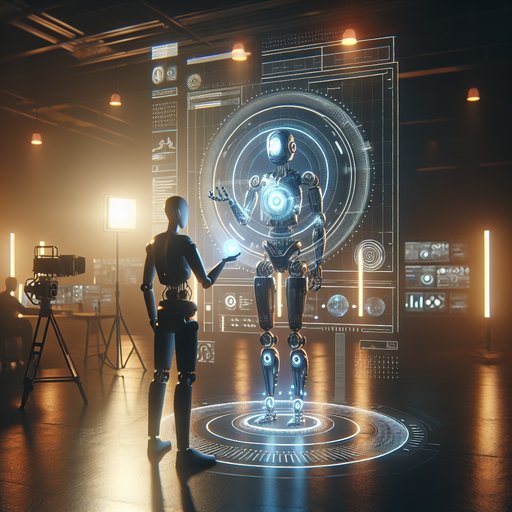
Yesterday, Apple made headlines by announcing an advanced AI model integrated into the Apple Watch, designed to detect a broad spectrum of health conditions. The model was developed using vast datasets acquired from the watch's behavioral tracking capabilities, which is lauded for its precision and broad utility. It stands to revolutionize how wearable technology can aid in preemptive health care by predicting issues before they become critical, potentially transforming personal health management.

In a transformative shift for global renewable energy prospects, China's commitment to solar and wind energy has become a watershed moment. Recent reports reveal that a staggering 74% of all solar and wind projects currently under construction worldwide are located within China [1]. This impressive endeavor underscores China's strategic positioning at the forefront of the green energy revolution, potentially setting new benchmarks for international efforts to tackle climate change.
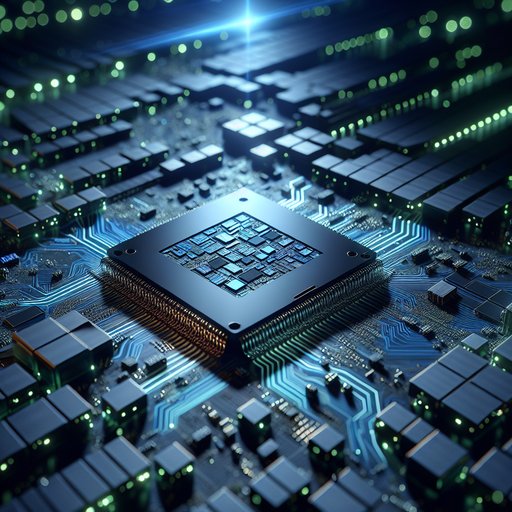
As the semiconductor industry continues to thrive, bolstered by an impressive leap in AI-related investments, companies are confronting both opportunities and challenges. AMD has recently alerted the tech community about vulnerabilities in their chipsets, which companies are keenly working to manage. Meanwhile, Taiwan Semiconductor Manufacturing Co. (TSMC) has reported a remarkable 39% increase in revenue, showcasing the robust expansion driven by AI technology investments despite potential disruptions in copper supplies that threaten long-term production stability.

In a significant move towards the future of mobile communications, SoftBank, in collaboration with Nokia, has begun outdoor testing of the 7GHz band for 6G services in Japan. This marks the first time a Japanese telecommunications provider has ventured into such territory, potentially setting the stage for a new era in mobile connectivity. The announcement on July 8 positions SoftBank as a leader in the race for 6G development, leveraging centimenter-wave technology to explore uncharted potential in wireless communication.

In a surprising and engaging turn of events, the James Webb Space Telescope (JWST) has uncovered a baffling cosmic phenomenon involving the distant dwarf planet, Quaoar. Contrary to prior astronomical expectations, Quaoar lacks an atmosphere while possessing rings that defy current scientific understanding. This discovery has ignited scientific curiosity and academic debates as it challenges conventional planetary science models, offering a tantalizing glimpse into the universe's enigmatic complexity. The observations were revealed at the American Astronomical Society meeting, prompting a reevaluation of the physical properties governing such celestial bodies.
























